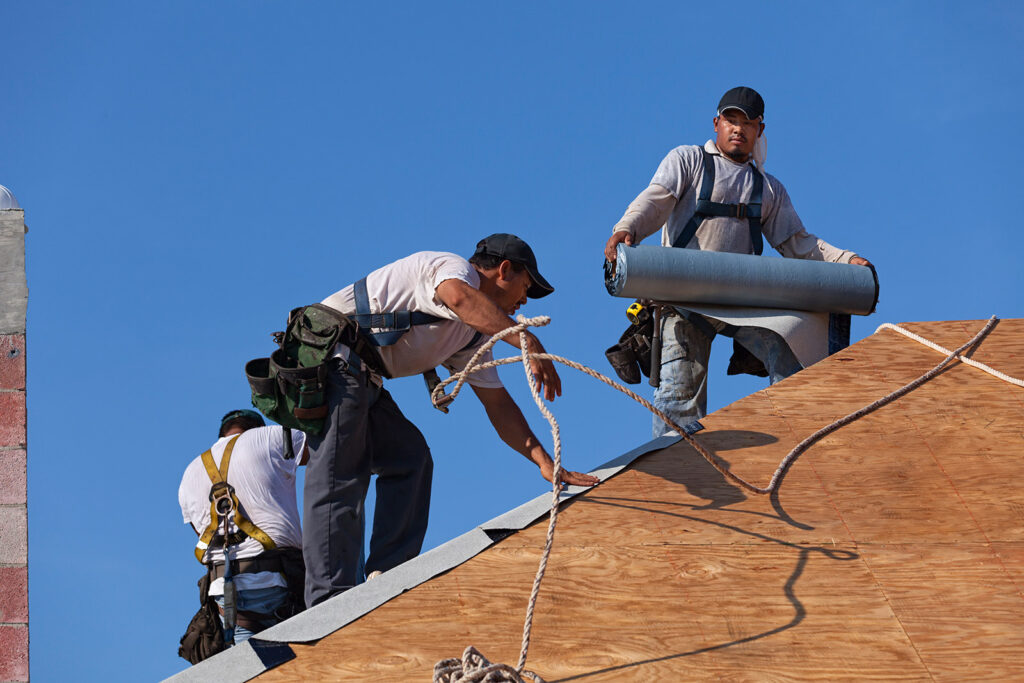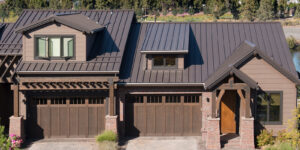When we look up at a roof, we just see the shingles. It’s true, that’s the aesthetic part of the roof. But a roofing system is much more intricate, and each piece is essential in protecting your home from the elements. When you understand the different parts of your roof, you will have more successful home improvement projects and better experiences when working with a roofer.
Check out the layers of your roof, from top to bottom:
- Ridge caps: Running along the ridgeline of a sloped roof, these are a specialized type of extra-long shingles. They fit over the joint between the two sides of the roof to keep rain out of the house, while still allowing hot air to get out.
- Shingles: These are the visible part of the roof that lend themselves to the home’s aesthetic. Asphalt shingles are the most common and come in two popular types, 3-tab and architectural. 3-tabs are the less expensive option. They have a flatter appearance, are less durable, and have lower wind resistance. Architectural shingles are more common today. They cost marginally more than 3-tab, but have much better specifications and warranties.
- Starter strip: Another specialized type of shingle, these shingles line the edge of the home’s roof. They seal the roof’s edge, which increases the roof’s ability to withstand high winds and rainstorms.
- Underlayment: This thin layer packs a punch, providing protection between the shingles and roof decking. It reduces shingle blow-off by helping shingles lay flatter and more uniformly. It also helps prevent heavy rains from getting under the shingles, which can cause damage to the roof structure.
- Ice/Water Barrier: This waterproof and self-sealing membrane is applied to the roof deck. It protects against water from ice buildup or rains during a windy storm.
- Decking: You can see the underside of plywood decking from the attic. It is installed over the framing of a typical roof and provides structure, tying the trusses and joists together.
Now that you have a better understanding of the different roof layers, you’re ready to start your roofing project! Ensure the roofing professional that you call looks at both the shingles outside and decking inside your roof (in the attic) before giving you a quote for work.




